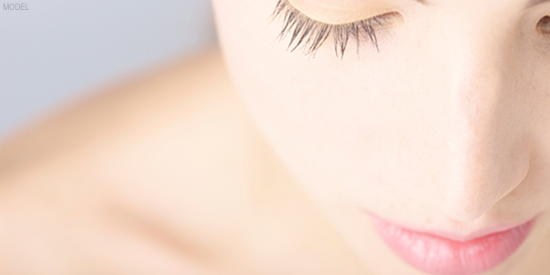Rhinoplasty is a common procedure used to alter the shape and profile of the nose. There are several additional components that can be addressed at the same time that improve the overall outcome, both aesthetically and practically. At my Boston-based practice, the 3 most common ancillary procedures are:
- Septoplasty
- Turbinate Reduction
- Chin Surgery
A deviated septum can disrupt the flow of air through the nose and contribute to a nose looking “crooked”. A septoplasty, or straightening of the cartilage that lies between the two nasal openings, helps to relieve any blockages. Furthermore, if any crooked cartilage needs to be removed, it can be sculpted and placed back or grafted to other portions of the nose in need of support.
Likewise, a deviated septum is often accompanied by the enlargement of one, or multiple, turbinates. The turbinates are small bones inside the nose on its lateral walls, and similar to a deviated septum can block air flow. Reducing a turbinate can be done in many ways and the technique used has to be carefully selected. Some of the turbinate must remain as the turbinates function to humidify the air we breathe.
Lastly, facial aesthetics are a delicate balance, and the nose and chin are major players. A small chin can make a nose appear larger and vice versa. It is key to identify this during the consultation and plan accordingly. While chin surgery can involve (re)moving a portion of the bone, most commonly I’ll perform a chin augmentation with an implant. The scar can be well concealed and performed at the same time as the rhinoplasty.
While a septoplasty, turbinate reduction, or chin surgery are typically not the primary focus of an individual interested in a “nose job”, their appropriate selection and addition can greatly improve overall satisfaction with the result. Curious to see results of some of my actual Boston patients? View my online Photo Gallery.


Leave a Reply